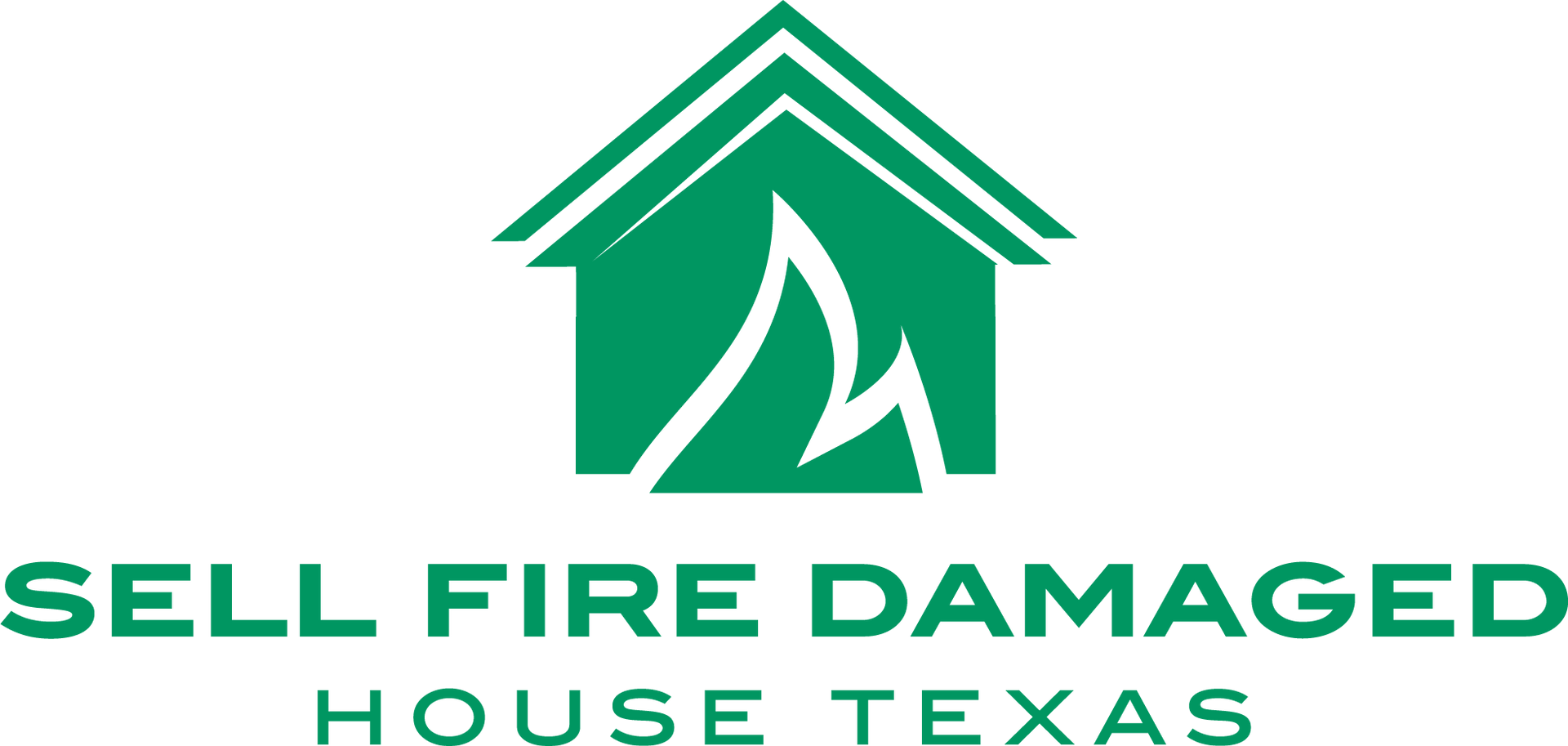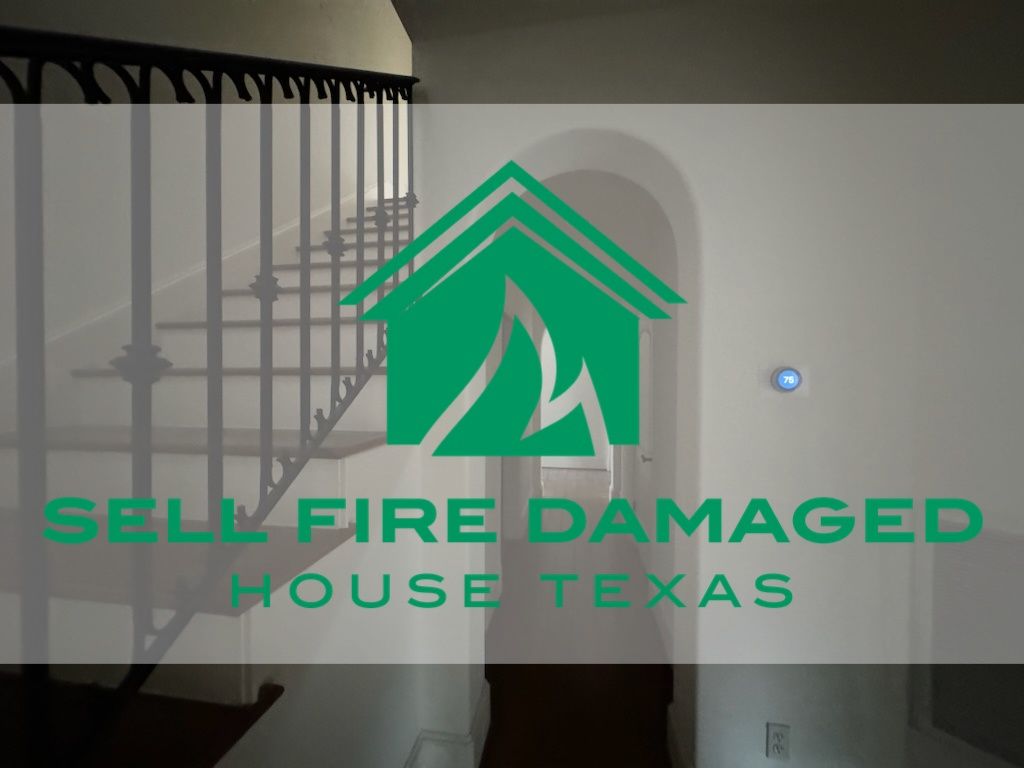Optimal Smoke Detector Placement For Fire Safety In Texas: Quick Guide
Published on February 05th, 2025
Mia Bennett
AUTHOR
Free Offer Form
Many house fires typically start in the kitchen, but having a well-placed smoke detector can quickly warn homeowners of the danger.
Installing at least one smoke detector in your home can
reduce fire risks by 50%. Where you place smoke detectors and the type you use determines your safety during emergencies.
This guide discusses where to place smoke detectors, how to use them, and fire safety tips to remember.
Diverse Alarm Types In Texas
Smoke detectors monitor smoke amounts and are connected to a home's electrical system. Smoke alarms have both a monitor and an alarm, and the smoke alarm sounds whenever it detects fire.
The two smoke alarm types are ionization and photoelectric.
Ionization alarms sound out when they detect flaming fires--fires you can see visually. They use radioactive material to ionize air molecules, creating an electrical current.
When smoke interrupts this current, the alarm goes off.
Photoelectric alarms, which are sensitive to smoldering fires like cigarette smoke, use a light source and photosensitive cells. When smoke scatters light in the chamber, the photosensitive cell triggers the alarm.
There are various other types of smoke alarms with different components:
- Ionization and Photoelectric Combination: This smoke alarm type has dual sensors to detect flaming and smoldering fires.
- Intelligent Multi-criteria Alarms: These smoke alarms combine ionization, photoelectric, and algorithmic systems for fire detection, minimizing nuisance alarms.
- Voice Smoke Alarms: These smoke alarm types emit beeping noises and use automated voices to warn about fires.
- Smoke and Carbon Monoxide Alarm Combination: These are ceiling-mounted smoke alarms with carbon monoxide detection.
As cooking and heating equipment are frequent causes of house fires, it's important to install smoke alarms in the kitchen, regardless of the type.
Role of Heat Detectors
Don't confuse a smoke detector with a heat detector, as they differ in response times and mechanisms.
Smoke detectors respond to smoke, while heat detectors respond to thermal energy radiating from a fire.
There are two heat detector types:
- Ionization Detectors: An ionization detector creates an electric current by ionizing a chamber, triggering the alarm when it detects heat.
- Photoelectric Detectors: A photoelectric detector directs a light beam onto a mirror into a sensing chamber, away from the photoelectric sensor. When heat's detected, the scattered light triggers alarms.
Smoke alarms detect fires quickly but can be triggered by dust. Heat detectors in your home can sense dangerous heat levels before they escalate.
Features of Smoke Alarms
Modern smoke alarms have evolved to have various lifesaving features:
- Sensor technology (ionization, photoelectric, dual, etc.)
- Audible alarms
- Visual indicators, like flashing lights
- Battery backup features
- Interconnected smoke alarms
- Testing button
- Hush button to silence false alarms
- Low battery warning alarms
- Anti-tampering mechanisms
- Replacement alerts
- Mobile alerts through wireless technology
With these features, smoke alarms have been proven to stop fires from worsening.
Importance of Carbon Monoxide Detectors
Carbon monoxide (CO) is a dangerous gas invisible to the human eye. According to the National Center for Environmental Health, CO claims the lives of 420 people in the U.S. annually.
Many household appliances produce CO:
- Fireplaces
- Wood stoves
- Charcoal grills
- Gas dryers
- Water heaters
- Gas stoves
Installing carbon monoxide detectors is crucial to prevent potential deaths.
Deciding on the Appropriate Alarm
Choosing the right alarm for preventing home fires will depend on your desired features.
Ionization, photoelectric, and dual-sensor smoke alarms serve the same purpose but differ in their mechanisms. They can be battery-powered or hardwired into the house's electrical system.
Interconnected smoke alarms in various rooms work together. Use models from the same manufacturer for optimal connectivity.
Decide if you need visual indicators, hush buttons, or anti-tampering features. Install CO alarms in sleeping areas.
Check that they meet National Fire Protection Association (NFPA) safety regulations by looking for a
"recognized testing laboratory"
label.
Optimal Smoke Detector Placement In Texas
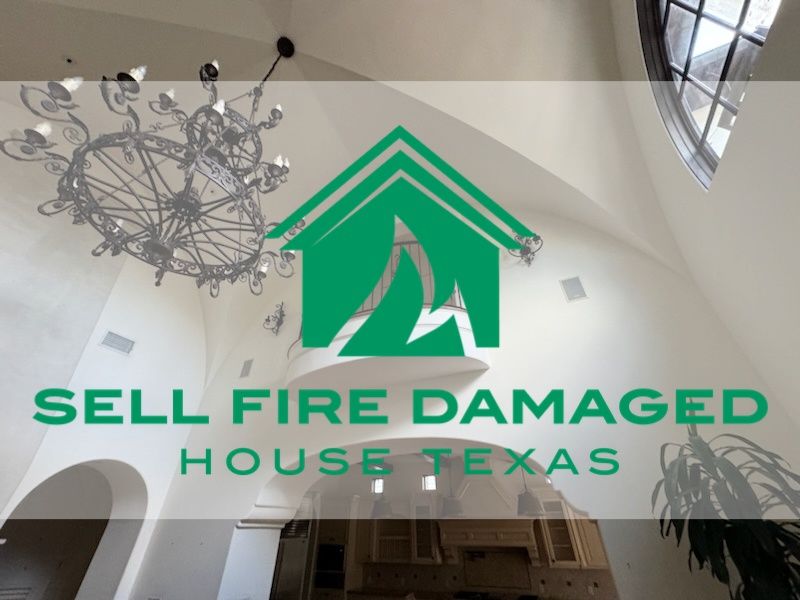
There are many places to install detectors and alarms, but which are the best locations?
The National Fire Protection Association created a National Fire Alarm and Signaling Code 72, requiring
one smoke detector or alarm in every sleeping room.
The National Fire Protection Association adds that smoke alarms must be placed outside each sleeping area and on every level of the home. Specific distances from certain objects must be avoided to make smoke detectors work.
Universal Placement Guidelines
These smoke alarm and detector guidelines are essential for every household:
- Install smoke alarms in the following areas:
- Kitchens (above cooking appliances)
- Inside and outside each sleeping area
- Furnace rooms (if applicable)
- Inside a family room, such as living or dining rooms
- Near a stairway to the upper level of the home
- Basements
- Laundry rooms
- Install basement smoke alarms on the ceiling at the bottom of the stairs heading to the next floor.
- To minimize false alarms, smoke alarms should be installed at least 10 feet away from a cooking appliance.
- Mount smoke and CO alarms high on walls or ceilings.
- Wall-mounted alarms should be installed 12 inches from the ceiling.
- If you have pitched or raised ceilings forming a triangular shape, install the alarm within 3 feet of the peak. Don't install it in the peak's apex.
- Install smoke detectors 3 feet away from ceiling fans.
- Place smoke detectors and alarms at least 12 inches away from fluorescent lights.
- Hardwired alarms must be 15 feet from bedroom doors.
- Do NOT place smoke alarms near windows, doors, or ducts.
- Do NOT paint smoke alarms, as it will damage their sensors.
- Do NOT place a smoke alarm within 36 inches of a bathroom door or duct, as non-fatal smoke may cause unwanted alarms to sound.
Room-Specific Detector Placement
Smoke alarms and detectors must be placed differently in each room, as smoke may come from varying sources.
Understanding where to place smoke alarms will help warn you of danger before it escalates.
Bedrooms and Sleeping Areas
The NFPA requires at least one smoke alarm inside each bedroom, outside each sleeping area, and on every level of the home.
Place smoke alarms above beds and electrical appliances, with CO alarms nearby. While homeowners may be tempted to install carbon monoxide alarms near smoke alarms, put enough spacing between them.
If you live within an apartment, contact your local building department before placing smoke alarms to ensure you aren't breaking a local building code.
Corridors and Hallways
Keeping the corridors and stairways safe is crucial for quick evacuations.
Place smoke detectors above each stairwell and at the end of every long hallway leading to an upper level. Use interconnected alarms to warn if the smoke rises inside a hallway or corridor.
Place the smoke detector 12 inches away from any wall or light. Put accessible fire extinguishers in the hallway.
Cooking Areas and Kitchens
Relevant house fire statistics show that 44% of reported home fires start from a kitchen, and 88% of fire deaths come from problems with a cooking appliance.
Install smoke detectors at least 10 feet from kitchen appliances to avoid false alarms. Ideal locations include the ceiling, the middle of the kitchen, and the hallway.
According to the International Code Council, different alarm or detector types should be placed at different distances away from the nearest kitchen appliance:
- Ionization Smoke Detectors: At least 20 feet away.
- Ionization Smoke Detectors with Silencing Features: At least 10 feet away.
- Photoelectric Smoke Detectors: At least 6 feet away.
Whether you use photoelectric smoke alarms or ionization types, placing at least one smoke alarm near a kitchen immediately reduces the risks of cooking fires.
Interconnected smoke detectors work well within a kitchen, so you can evacuate immediately when other alarms detect fire.
Living Spaces
Mount smoke detectors in the middle of the ceiling in living spaces like the living room or den, with one installed for every 1,200 square feet on each level of the home.
Avoid placing a smoke detector directly above a furnace or fireplace.
Basements and Garages
Placing a smoke or carbon monoxide detector in the middle of a garage is not recommended, as CO emissions from a vehicle may trigger the alarm. Instead, install alarms near the door leading to the garage.
Mount a smoke detector at the bottom of the stairs leading to a basement.
Vertical Positioning: Walls and Ceilings
Why is smoke detector placement important for different ceiling types? Proper placement and spacing minimize dead air space--areas where smoke detectors work poorly.
When mounting a smoke detector on a wall, position it 4-12 inches below the ceiling, measured from the top of the detector.
Here are the positioning rules for two different ceiling types:
- Flat Ceiling: Install a smoke alarm in the ceiling's center 12 inches away from walls and lights.
- Sloped Ceiling: Note the measurement of the peak (the highest point of the ceiling):
- Smoke alarms: Within 24 inches of the peak.
- Heat detectors: Within 6 inches of the peak.
Mount smoke alarms high with enough space between them and other furniture.
Proximity to Appliances or Objects
Avoid placing a smoke detector near these appliances or objects:
- Cooking appliances
- Shower with a heating system
- Fireplace or furnace
- Directly above a vehicle
- Windows
- Doors
- Air ducts
- Ceiling fans
No point within a room should be more than 7.5m from the center line of the detector's sensor beam.
Note these additional spacing rules:
- The maximum spacing between two detectors in your home should be 15 meters (49 feet).
- Photoelectric and ionization detectors should be no closer than 3 feet from a bathroom door.
Measure distances horizontally, not vertically.
Smoke Alarm Installation Techniques In Texas
Choosing the right detector is the first step. Research key features to see if you need a basic smoke detector or one with extra features.
Afterward, install the detectors with the next rules in mind.
Mounting on Ceilings and Upper Wall Areas
Install detectors on ceilings and upper walls with these steps:
- Put drill points on a ceiling no less than 8 inches from the nearest wall.
- Drill holes and mount the alarm to the given mounting bracket.
- Twist the fire alarm into place.
- Screw the base plate and insert batteries.
Avoid installing a smoke or CO alarm at least 4 inches from the ceiling. Remember to replace detector batteries from daylight saving time to standard time when needed.
Avoiding Air Vents, Windows, and Draft Zones
These are why you must avoid installing alarms in the following areas:
- Near Air Vents: Smoke reaching the alarm may be blown away by the airflow.
- Near Windows and Sliding Doors: Wind drafts from the windows may blow away the smoke or heat.
- Near Fans: Fans obstruct the sensor.
If you need to place alarms near a ceiling fan, place the detector at least 3 feet away from the tips of the ceiling fan blades.
Special Considerations for Large Homes or Extended Hallways
Smoke detectors are spaced differently depending on the corridor size:
- 15 feet wide: Spaced at 38 feet.
- 20 feet wide: Spaced at 37 feet.
- 25 feet wide: Spaced at 34 feet.
- 30 feet wide: Spaced at 30 feet.
- More than 30 feet wide: One smoke detector must be placed every 30 feet.
Note that your local building code may have rules for the number of detectors to install.
Installation in Multi-Level Buildings
At least one smoke detector and CO alarm must be placed on every level. Avoid placing alarms in crawl spaces and unfinished attics.
Interconnect all smoke alarms so they alert everyone at different levels.
Smoke Alarm Maintenance Procedures in Texas
Smoke alarm maintenance is vital to ensuring all alarms work smoothly. According to the NFPA, authorized personnel must test and inspect the fire alarm system.
Routine testing, fire simulation, and cleaning guarantees your alarms are in optimal condition at any time.
Routine Testing and Checks
The NFPA emphasizes that smoke detectors must be frequently checked according to the following periods:
- Semiannual inspection.
- Annual functionality testing.
- Sensitivity is tested one year after installation, increasing to every 5 years if the detector remains within the sensitivity range.
However, monthly testing can be done by pressing the detector's test buttons. Ensure no physical damage or dust obstructs the sensor. Use artificial smoke or a magnet to test the sensor's sensitivity.
Battery Life and Replacement
Keep the detector's manufacturer notes to check its battery lifespan. Place fresh batteries within every six months, and look out for a chirping or low battery sound.
Cleaning and Dust Removal
Clean the smoke detector once every 6 months. Vacuum the unit and wipe away dust from its vents.
Remember to correctly align the cover after cleaning and test it afterward to ensure no dust is left behind.
Alarm Replacement and Upgrades
Replace the detector every 10 years. Dual-sensor or monoxide hybrids must be replaced every 5-7 years.
If 10 years have passed, consider upgrading your alarm to a more recent model with better features.
Remember to check any CO alarm to see if it needs cleaning or replacement.
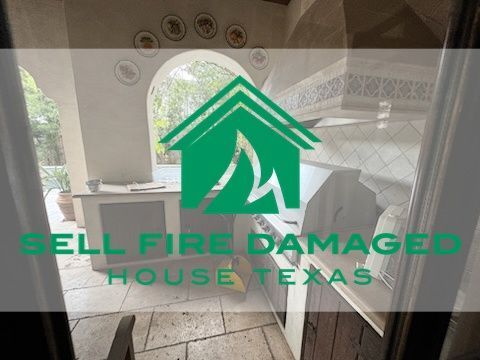
Formulating a Fire Escape Plan In Texas
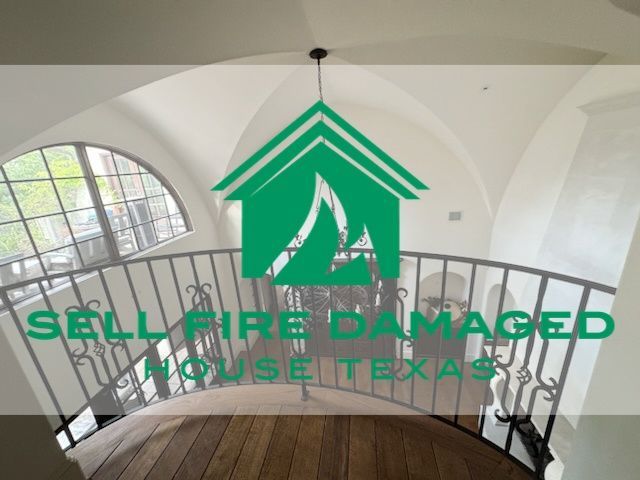
Fire escape plans work together with smoke alarms to ensure your safety. As most people enter a state of panic during fires, establishing a house fire escape strategy and conducting safety drills ensures everyone stays calm.
Designing Escape Routes
Establish clear escape routes based on your home or building's floor plan. Clear out unnecessary furniture along the path, especially flammable materials.
Keep these in mind as you design the route:
- Have 2 exit paths for each room.
- Ensure doors and windows aren't blocked.
- The time available to escape must exceed the time needed to escape.
Escape routes can be simple or lengthy, depending on the building's design. Avoid including elevators in the route.
Conducting Regular Safety Drills
Act like a local fire department and conduct safety drills with everyone in the home. Practice evacuating through the escape route and note how long the evacuation takes.
Remind everyone to close all doors and windows to avoid spreading fire. Teach basic fire safety measures, like using fire extinguishers.
Engaging All Household Members
Encourage everyone to practice fire prevention, especially children. Use simple, memorable instructions when teaching them how to evacuate.
Teach the "stop, drop, and roll" safety procedure and ensure everyone knows how to cook safely.
Establishing a Safe Meeting Point
Mark a clear, distinguishable meeting point in your escape route, away from flammable items like wooden walls and trees.
Every household member must remember it in case evacuation is needed.
Frequently AskedQuestions
Smoke detectors and CO alarms may have many installation requirements, but they're essential for survival during fires.
Here are some common questions regarding smoke detectors.
How Many Smoke Detectors Do I Need in My House?
You need at least one smoke detector on every level of your home, including the basement. One smoke detector must be in every sleeping area, kitchen, and living space.
Can Smoke Detectors Be Too High?
Yes, smoke detectors mounted too high have less functionality due to being in a dead space area.
How Often Should I Replace the Batteries in My Smoke Detector?
Replace the batteries every six months, and replace the detector every 10 years.
What Should I Do if My Smoke Detector Keeps Giving False Alarms?
Check if the detector is low on battery or whether a dust buildup is affecting the sensor. Replace the battery, clean its sensor, and test if it still gives false alarms.
How Can I Ensure My Smoke Detector Is Working Properly?
Conduct regular testing using artificial smoke and magnets. Use the detector's test button and check that a loud alarm plays. If the alarm is weak, replace the detector.
Conclusion
While your local fire department may always be there during fires, using smoke detectors ensures you, your family, and your community stay safe.
Note important detector spacing and placement rules while installing, and do regular testing on each alarm. Avoid leaving electric appliances and stoves on, and keep calm during emergencies.
Remember, working smoke detectors can save lives when placed in key areas.
